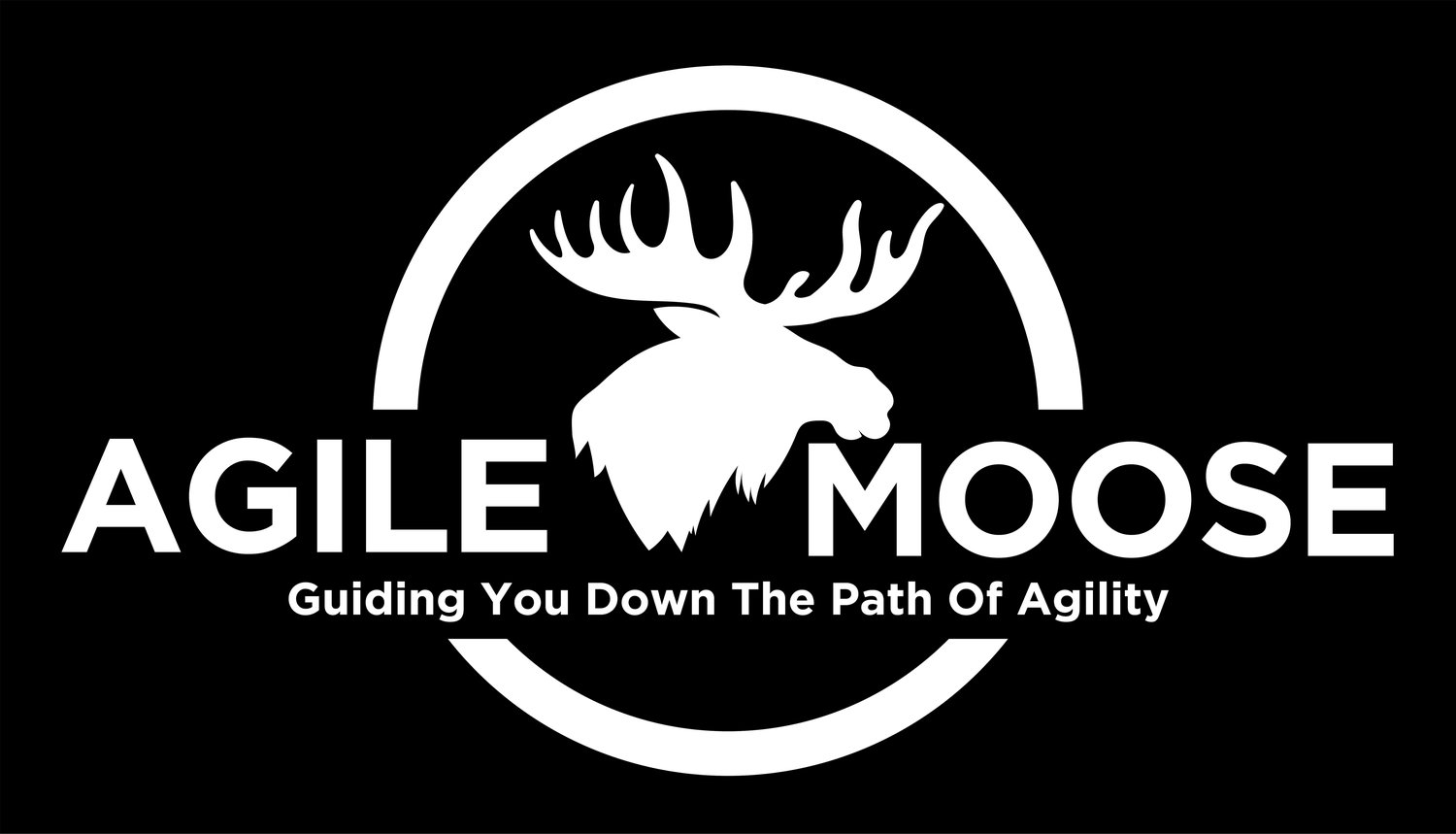Hi everyone,
I just wanted to share some great news. I’ve just completed the 3’rd Edition of my Scrum Product Owner book.
It’s been a true labor of love that’s taken far longer to finish then I’d originally expected. (sounds like software products, right?) But, to quote a common agile phrase…I am now…
DONE.
Stick a fork in it, Baby!
E-copies (PDF, EPUB, and MOBI) are all available immediately on LeanPub. What’s nice about connecting via LeanPub is that I plan on continuing to evolve content & ideas in the PDF, so it will be a way to “stay in touch” with any future developments of the books’ themes.
Also not that I’ve published several short PDF, blog link books that make it easy to explore my blog posts on 3-specific topics:
Agile Coaching
Agile Leadership
Product Ownership
More information on ALL of the LeanPub copies can be found here: https://leanpub.com/bookstore?search=Robert%20Galen
Amazon
You can find the paper version here: https://www.amazon.com/dp/098850264X/
And the Kindle version here: https://www.amazon.com/Scrum-Product-Ownership-Navigating-Forest-ebook/dp/B07PBGN5NW/
And here’s a link to my Amazon author page: https://www.amazon.com/kindle-dbs/entity/author/B00287V534/
Previous Owners Offer
I’d like to make the following offer for ALL Edition 1 and Edition 2 book owners. If you’ve previously purchased a paper or e-copy of my two previous editions, I’ll give you a free e-copy of the 3’rd Edition. All you have to do is drop me a note and I’ll forward you a coupon for LeanPub to get your copy.
Wrapping Up
It’s been a long time in coming, but I’m incredibly pleased with the results. I hope you pick up a copy of the new book and hope even more so that it provides value to you.
And if you do read it, please consider leaving a review on Amazon. It means so much to me to gain feedback.
Stay agile my friends,
Bob.














